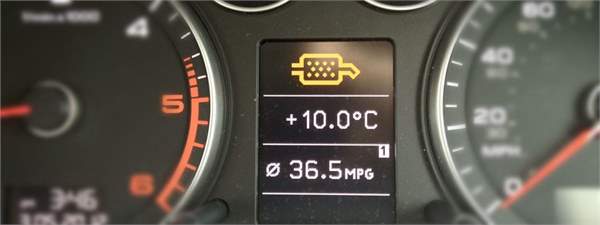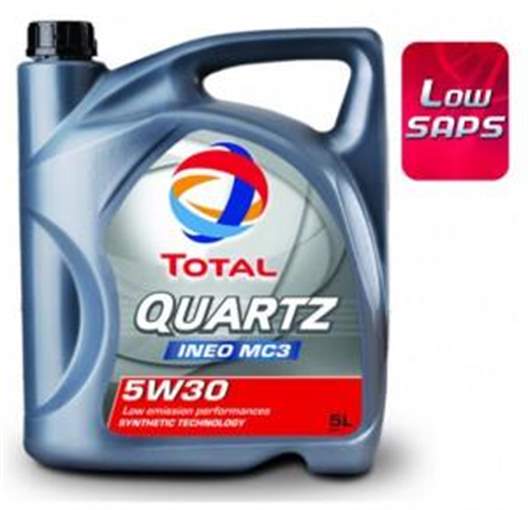Not everyone knows what a DPF is (it stands for Diesel Particulate Filter, if that's of any help), but most savvy car buyers are at least aware that they can spell expensive trouble. Here we examine some of the pitfalls, what you can do to avoid them and how to minimise your costs if you get the inevitable 'DPF' warning lamp lighting up on your car's dashboard
First thing to clear up is that, while not all diesel cars have a DPF, they're becoming more common than not on the used market. The reason is simple: it's not possible to meet the low particulate limits introduced in the Euro V emissions regulations (in September 2009) without a DPF. Because of the vagaries of the rules you may find a few 2009 and early 2010 cars without DPFs, but if your diesel car is registered after September 2010 then you can be sure it has a DPF in the exhaust system.

There are various types of DPF, but all require a certain amount of regeneration to burn off the particulate deposits they've filtered out of the exhaust stream. In other words, cars that regularly take long journeys are able to burn off deposits in the DPF, but cars that take short journeys are more in danger of blocking. Almost all cars with DPFs have a pressure measuring system to monitor the pressure drop across the filter itself. If it goes outside limits then the driver is warned by a dashboard light (sometimes it simply says 'DPF', sometimes it looks a little like a filter in the exhaust).

If you ignore this without helping the DPF regenerate (we'll go into that in a second) then many cars will automatically go into 'limp home' mode, which is accompanied by a drop in performance as the engine's management software aims to protect the engine from damage by limiting both the speed it will run at and the load it will maintain. A word of warning though: don't ignore the signs, as if the car is continuously driven with a blocked DPF it's possible that much more expensive engine damage will occur.
Depending on the car and the level of blockage, it may be that a new DPF is needed, and that's never cheap, varying from say €300 to closer to €2,000. We'd shy away from buying used DPFs that are advertised as 'cleaned', but MicksGarage.com does stock a wide variety of suitable products from JLM that vary from preventative cleansers to intensive cleaning and flushing kits. JLM Diesel DPF ReGen Plus is designed to be a preventative measure against DPF clogging and is ideal for use if your car is only driven on short journeys or around town. Check out the video below to see how it works: There are more intensive DPF cleaning products available which are aimed at the DIY experts/mechanic so we won't go into detail here. Click for more info The products above are considerably cheaper than buying a new DPF and having it fitted so are well worth a go. Actually, before you even consider those you should ensure that the garage has checked the DPF pressure sensors are in working order, as they could be giving a reading making it appear as if the DPF is blocked when it is not. But the old saying 'prevention is better than the cure' applies here. And the good news is that most drivers can prevent any issues with their DPF with little effort. Indeed, those that spend a lot of time at a good speed on the motorway should have nothing to worry about at all. That's an ideal situation for 'passive' regeneration of the DPF and it should keep itself unclogged. Those that have diesel cars with DPFs and use them solely in and around town, or predominantly on short or low-speed drives, are in most danger of having DPF issues down the line, so they really should take the car for a longer, faster drive every few hundred kilometres, using lower gears than is normal to maintain the engine speed at higher revs. But it's not all about the regeneration. Cars with DPFs should be fed a strict diet of 'low-ash' engine oil, as ash can very quickly clog up the DPF. Check that the garage that services your car is aware of this and ask for proof that they are using the correct grade too for added peace of mind. Finally, if it comes to the crunch and you really do need to replace your DPF, somebody somewhere is bound to suggest that you remove your car's DPF completely and replace it with an empty blank. There are companies openly advertising their services online and, as they currently state, there is no legal requirement in Ireland at the time of writing to keep the DPF. Note that the ECU (Engine Control Unit) will need a minor change to the programming so it isn't constantly looking for DPF pressure sensor readings, but technically speaking there's no reason not to do this.
But it's not all about the regeneration. Cars with DPFs should be fed a strict diet of 'low-ash' engine oil, as ash can very quickly clog up the DPF. Check that the garage that services your car is aware of this and ask for proof that they are using the correct grade too for added peace of mind. Finally, if it comes to the crunch and you really do need to replace your DPF, somebody somewhere is bound to suggest that you remove your car's DPF completely and replace it with an empty blank. There are companies openly advertising their services online and, as they currently state, there is no legal requirement in Ireland at the time of writing to keep the DPF. Note that the ECU (Engine Control Unit) will need a minor change to the programming so it isn't constantly looking for DPF pressure sensor readings, but technically speaking there's no reason not to do this.
However, in 2014, this became illegal in the UK, meaning a car that is supposed to have a DPF - and doesn't - would fail its MOT. The Irish equivalent, our NCT, doesn't currently have such a stipulation, but if we were betting men, we'd gamble on it being introduced in the very near future.